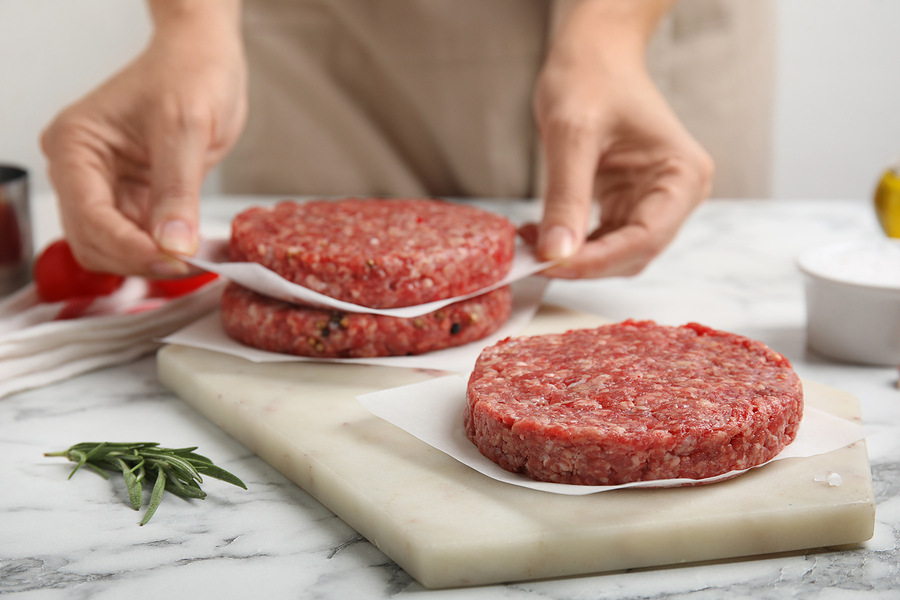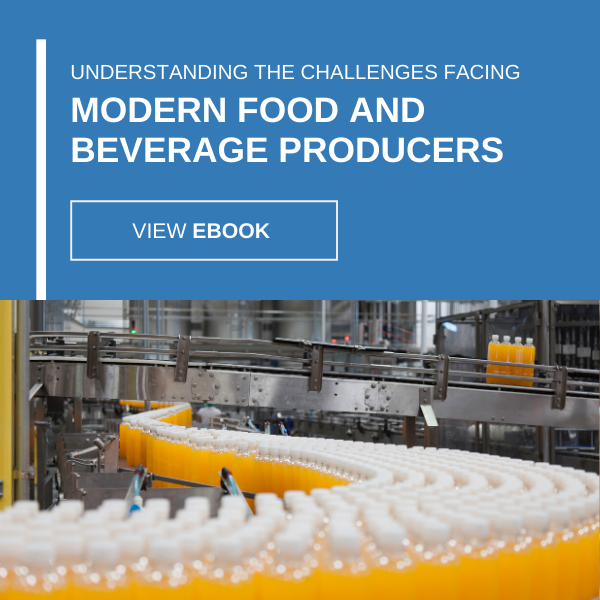
3 Ways to Maximize Yield in Food Processing to Achieve Higher Profits
In the food processing industry, the name of the game isn’t necessarily doing more with less, although that’s a powerful goal. For many companies, it comes down to getting the most out of their raw materials. To do that, it’s all about yield.
It can be a slightly confusing term to those outside the industry, but yield is generally defined as “the amount of usable product AFTER processing raw materials.” There’s a popular meme on the internet right now with the theme of: “How it started. How it ended.” Essentially, it’s “before and after” photos. When you’re talking about yield, the “before” photos might be a side of beef hanging in a cooler, while the “after” photos would be a pound of hamburger packaged and ready to ship to the grocery store. In that case, how it started isn’t necessarily going to be how it ended. In other words, a pound of beef isn’t always going to end up being a pound of burger. The difference is your yield.
Yield is affected by a wide range of variables, and low yield numbers can mean trouble for a company’s bottom line. It’s a common problem, one USC Consulting Group helps our clients with regularly. Let’s look a little deeper at yield, how and why it can bedevil companies, and what they can do about it.
The challenge with yield
Improving yield is the end goal. But let’s start at the beginning. Staying with the beef industry as an example, when companies start with a pound of beef and end up with .8 pounds of burger, that’s an 80% yield. The reasons for that gap become the problem.
Loss of moisture or weight. In processing beef, moisture is lost. It’s just the nature of the beast. That’s why, when you start out with one pound of raw materials you don’t always get one pound of finished product.
MAV. Government regulations give the food industry a little wiggle room between the expected quantity of any given item and the actual quantity. That’s the Maximum Allowance Variance (MAV). No product should weigh less than the MAV, nor should it weigh more than 100% of the MAV. That’s the gray area, or wiggle room. However…
Label weight. Due to government regulations (and good sense) the actual weight of a product — say, that pound of packaged ground beef in a grocery store — should not be lower than the label weight. End users, in this case, grocery store customers, can’t be told they’re buying a pound of burger when they’re really getting .8 pounds or less. Nor should grocery store owners be told by their suppliers they’re buying 100 pounds of ground beef when they’re getting 80. So to hit that MAV sweet spot and comply with label weights, food processing companies commonly…
Compensate. In the case of the beef industry, it means adding a little more ground beef into each unit. To not take the risk of going below the MAV, companies often prefer to run the process at a higher weight than the label. It’s what the industry calls “the giveaway.” They are essentially giving away beef to compensate for the loss of moisture.
Just a little more? How big a problem is this? If a company is processing, say, 30,000 pounds of ground beef into burger every day, adding a smidge into each package can be a very big problem. One recent client of USC came to us when they realized they were giving away over 1.5 million pounds of beef yearly.
Maximizing yield
This isn’t unique to the beef processing industry. Produce companies can overbag. Companies that process shelf-stable foods can use too much water. The list goes on. But no matter the type of food industry, maximizing yield is about achieving the right balance, hitting the right numbers. Not too little, not too much. Here are a few ways we help our clients do that. Hint: It’s all about efficiency and managing by the numbers.
Operations. Efficiency is the key in any operation, and at USC, we are always looking for opportunities for our clients to improve their processes. Scheduling, the sequence of how the job gets done, and even shift changes can play into efficiency. Creating a solid management operating system that allows you to “manage by the numbers” is vital in evaluating these processes for maximum efficiency.
Equipment. We don’t always recommend the latest and greatest technology. In many cases, it’s not necessary to upgrade. Maintenance? That’s another issue. Machines used to process raw materials into batches need to be at their optimal best. Regular maintenance and monitoring are key. Something as simple as build-up on a machine can lead to overfilling. A processing arm that slows down just a bit can hamper production.
Throughput. One reason for loss of moisture in beef processing is speed, so you need fast, efficient processing. But not too fast, or you can risk issues like bottlenecks in packaging, errors and ultimately waste. The Lean Six Sigma methodology helps companies maximize throughput and eliminate waste while preserving quality.
Yield is a key element to a company’s bottom line. The more efficient, streamlined and effective the operation, the more it allows companies to wrangle yield so it adds to, not drags down, profits.





